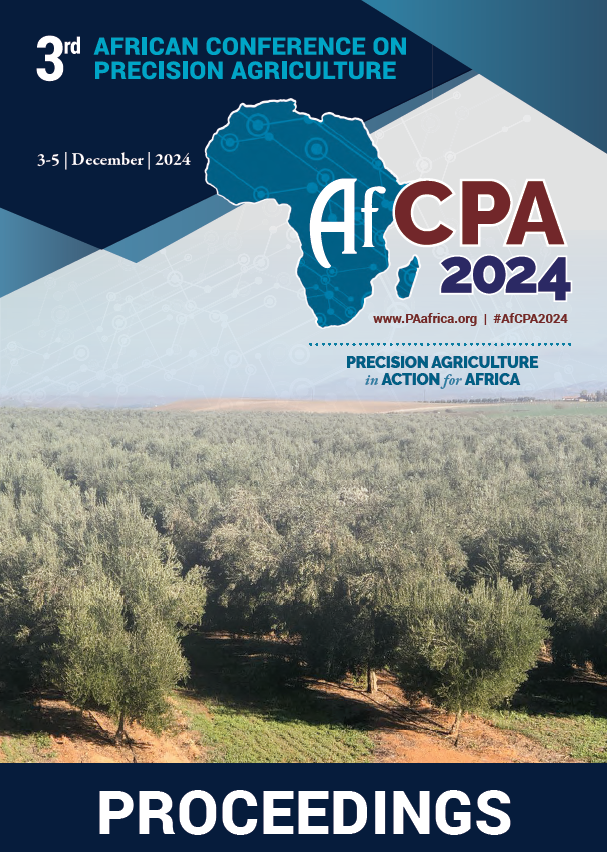Download the Conference Proceedings
Get your copy of the 2024 African Conference on Precision Agriculture Proceedings today! Download the PDF file and view all of the available proceedings.
Proceedings
Authors
| Filter results1 paper(s) found. |
|---|
1. Lime and Phosphorus Effects on Soil Acidity and Malt Barley Phosphorus Use Efficiency in Welmera District, Central Highlands of EthiopiaIn Ethiopia, about 43% of total arable land affected by soil acidity. Furthermore, phosphorus (P) deficiency is a major constraint to increase crop yields. Efforts to ameliorate the deleterious effects of soil acidity must therefore be accompanied by measures to increase P availability in soils. Therefore, appropriate rate of lime and P fertilizer is an important strategy for improving crop growth in acidic soils. Accordingly, an experiment was undertaken to study lime and P effects on soil acidity... N.T. Geremew, B.B. Waraka, L.W. Mirkena |
